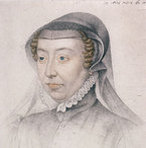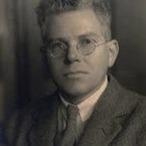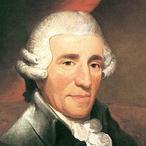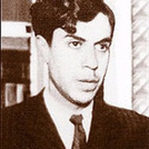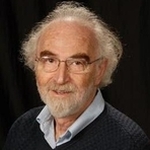|
Finally, elements 114 and 116 have been formally added to the Periodic Table. They were officially recognised by a working group from the International Union of Pure and Applied Chemistry (IUPAC), after the results from the original experements were successfully replicated. Element 114 (ununquadium) was discovered in December 1998, when isotopes of Plutonium and Calcium, provided by the Lawrence Livermore National Laboratory in the USA, were fused by scientists at the joint Institute for Nuclear Research in Russia (Dubna). The results were made public in 1999, and at the time only one atom had been identified. Element 116 (Ununhexium) was discovered at the same research facility, fusing the elements Curium and Calcium. The working group from IUPAC has released a paper, published in the Journal of Applied Chemistry, looking at the evidence for the existence of all the elements from 113 to 118. It is in the cases of 114 and 116 that the evidence is "beyond resonable doubt", and hence they have now been included in the Periodic Table. You can read the paper by clicking here. The next stage is to decide on the prober names of the two elements. Russian scientists are reported to be considering “flerovium” for 114, after the scientist Georgy Flyorov, and “moscovium” for 116 after the capital, Moscow. Below is an excellent video from Periodic Videos detailing the full story.
0 Comments
|
Categories
All
Archives
November 2013
|
MOST VIEWED POSTS
© James Edward Hughes 2013
 RSS Feed
RSS Feed
